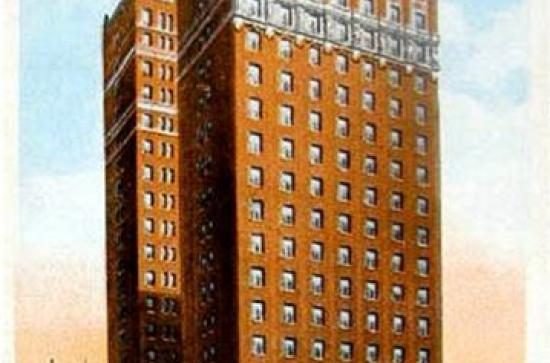
The Department of Geography Seminar Series 2016-17
Gehlke and Biehl Revisited
Dr. Martin Charlton
Senior Research Associate, National Centre for Geocomputation, Maynooth University
Abstract:
In 1932 Charles Gehlke and Katherine Biehl reported that the correlation between juvenile delinquency rates and median income for census tracts in Cleveland OH increased as the tracts were aggregated into larger and larger areas. Charles Yule and Maurice Kendall’s experiments in 1950 with agricultural yield data reported that ‘modifiable’ spatial units could be created to furnish correlations ranging from 0 to 1. The zenith of such activity may well be Stan Openshaw and Peter Taylor’s 1979 experiments on the correlation between age and Republican voting propensity in Iowa where they observed the relationship between zone aggregation and scale with correlation. Robin Flowerdew has cast doubts as to whether the Modifiable Areal Unit Problem (Openshaw’s coinage) is as great an issue as Openshaw and Taylor suggest. Using 2011 Census data for 9 sets of administrative units in Ireland this paper examines the relationship between aggregation with the characteristics of 40 socio-economic indicators. The variables are chosen to match, as closely as possible, those used in the UK’s Output Area Classification. However, rather than consider the correlation between two variables, I examine the relationships between all 40 variables and report on the nature of the problem as it affects the analysis of real data for real spatial units. The outcomes are not as predictable as might be expected.
4.00-5.30pm
Thursday April 6, 2017
Rocque Lab, Ground Floor,
Rhetoric House
Maynooth University
